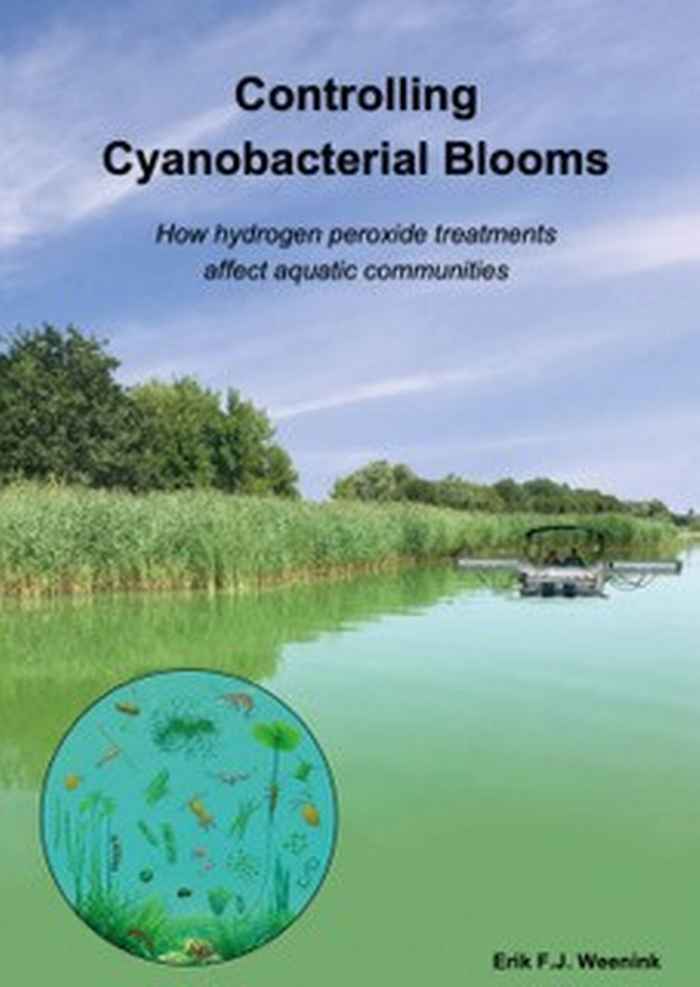PhD defence ceremony by Erik Weenink
- Date
- 28 February 2025
- Time
- 13:00
- Location
- Agnietenkapel

Blooms of toxic cyanobacteria (blue-green algae) pose a major threat to the water quality of lakes, that may negatively affect aquatic organisms, birds, livestock, humans and ecosystem services. Although reducing nitrogen and phosphorus inputs into surface waters is the preferred strategy to prevent blooms on the long term, there is little experience with short-term methods rapidly suppressing emergent blooms.
In this thesis, the application of hydrogen peroxide (H2O2) is studied as a method to rapidly suppress cyanobacteria in lakes and reservoirs. Specifically, this thesis aims to 1) study biotic factors that influence the effectiveness of H2O2 in suppressing cyanobacteria, 2) investigate the impact of lake treatments with H2O2 on other aquatic organisms, and 3) gain more experience with H2O2 treatments of lakes.
The results demonstrate that after most lake treatments with H2O2, cyanobacteria are successfully suppressed by 90% or more, and their abundances remain low for three to eight weeks. Released cyanotoxins from lysing cyanobacteria usually disappear from the water after a few days. In addition to the targeted cyanobacteria, rotifers and small cladocerans are also sensitive to H2O2 treatments, while green algae and most macroinvertebrates are not affected. H2O2-induced suppression of the cyanobacterial bloom often favors the eukaryotic phytoplankton community. However, high concentrations of green algae rapidly remove the added H2O2 and thereby reduce the effectiveness of H2O2 treatments.
With the results in this PhD thesis, we have provided new tools and guidelines to control toxic cyanobacterial blooms, while minimizing effects on other aquatic organisms.
